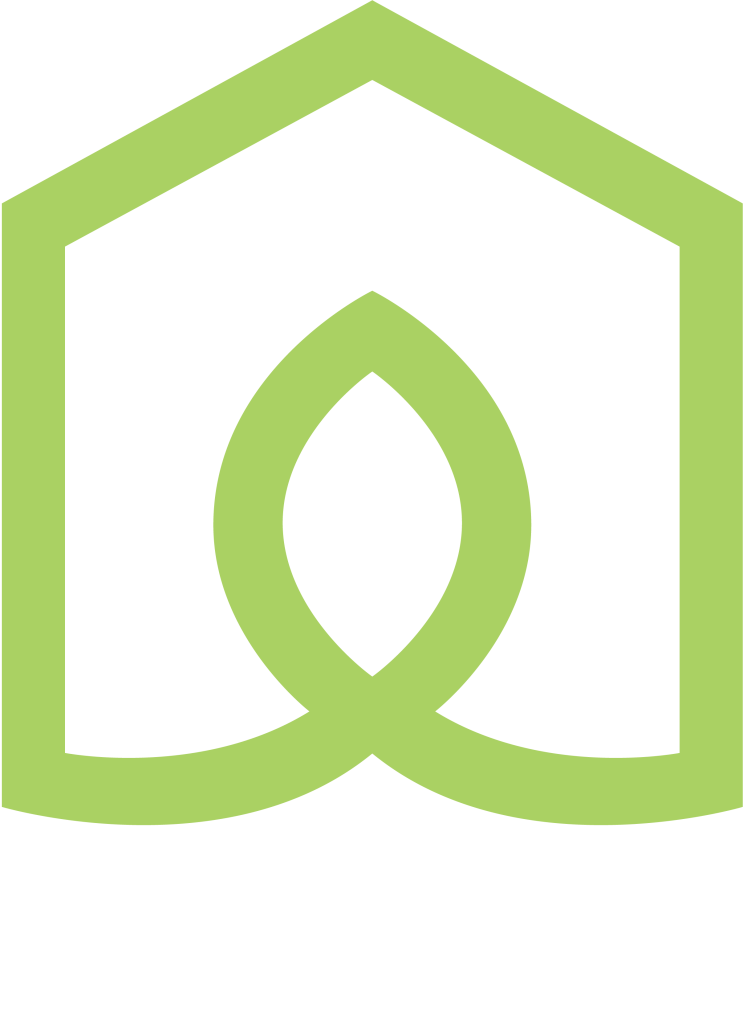As our name suggests, employing ecologically sound construction practices in the rehabilitation of existing homes is at the core of our mission. And since 2009, we have invested in more than six abandoned houses, transforming them into inviting, sustainable homes.
Why rehabilitate?
The greenest building is the one that already exists. Many of the homes in need are historic, dating back more than 50 years. They were once charming, proud structures that embodied the personality of our community. And our projects demonstrate that with a little nip-tuck, these pillars of our neighborhoods can once again exude character and class. Rehabilitating the home also ensures the aesthetics match with other houses in the neighborhood.
Understanding the need in our community
The construction, operation, and demolition of buildings accounts for well over 40 percent of the United States’ carbon dioxide emissions. Reusing and retrofitting our existing built resources is the first step to cutting these emissions and ensuring that our communities are greener, more livable, and healthier.”
— Ball State’s Preservation Green Lab
The green building movement, which emerged in the 1990s, was focused on new construction. We apply that building science to existing structures—merging sustainability and preservation. New construction is costly and wasteful. Innovative uses of existing buildings andn materials is key to climate change, and revitalizing historic homes only adds to the benefits of our approach.
Sustainable Design and Outreach In addition to rehabs, we offer sustainable design services, engage in community outreach, and consult homeowners, businesses, and communities to achieve efficiency. Learn more

